Lovenoor Aulck
Stem-ming the Tide: Predicting STEM attrition using student transcript data
Aug 28, 2017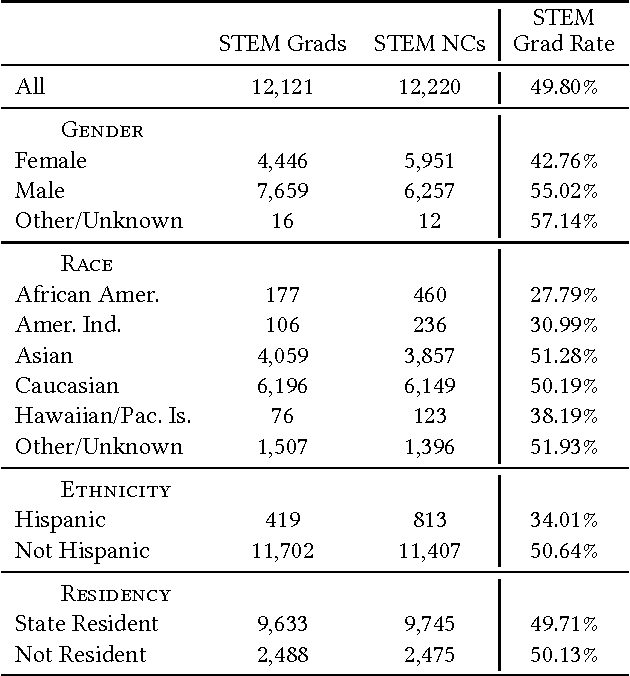
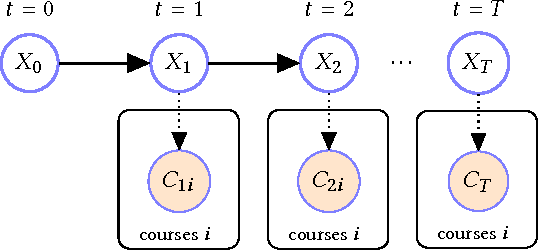

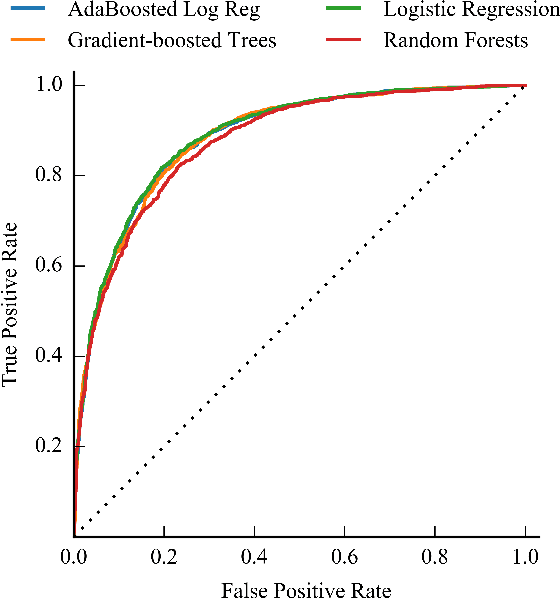
Abstract:Science, technology, engineering, and math (STEM) fields play growing roles in national and international economies by driving innovation and generating high salary jobs. Yet, the US is lagging behind other highly industrialized nations in terms of STEM education and training. Furthermore, many economic forecasts predict a rising shortage of domestic STEM-trained professions in the US for years to come. One potential solution to this deficit is to decrease the rates at which students leave STEM-related fields in higher education, as currently over half of all students intending to graduate with a STEM degree eventually attrite. However, little quantitative research at scale has looked at causes of STEM attrition, let alone the use of machine learning to examine how well this phenomenon can be predicted. In this paper, we detail our efforts to model and predict dropout from STEM fields using one of the largest known datasets used for research on students at a traditional campus setting. Our results suggest that attrition from STEM fields can be accurately predicted with data that is routinely collected at universities using only information on students' first academic year. We also propose a method to model student STEM intentions for each academic term to better understand the timing of STEM attrition events. We believe these results show great promise in using machine learning to improve STEM retention in traditional and non-traditional campus settings.
Predicting Student Dropout in Higher Education
Mar 07, 2017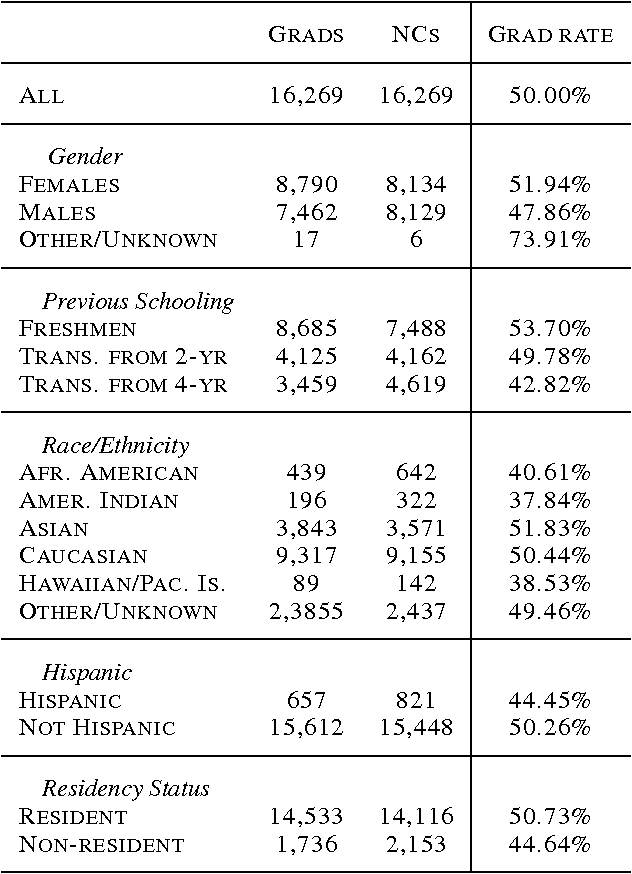
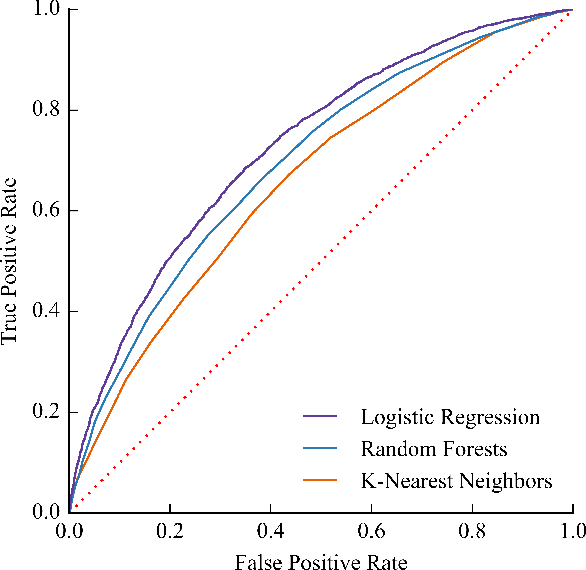

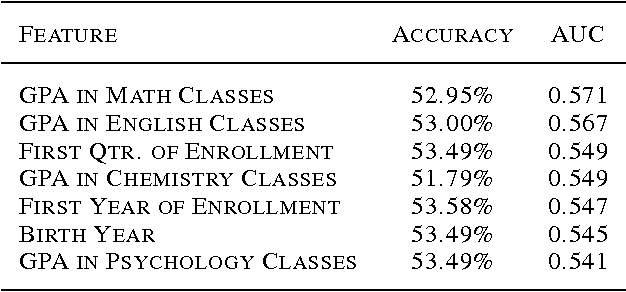
Abstract:Each year, roughly 30% of first-year students at US baccalaureate institutions do not return for their second year and over $9 billion is spent educating these students. Yet, little quantitative research has analyzed the causes and possible remedies for student attrition. Here, we describe initial efforts to model student dropout using the largest known dataset on higher education attrition, which tracks over 32,500 students' demographics and transcript records at one of the nation's largest public universities. Our results highlight several early indicators of student attrition and show that dropout can be accurately predicted even when predictions are based on a single term of academic transcript data. These results highlight the potential for machine learning to have an impact on student retention and success while pointing to several promising directions for future work.
 Add to Chrome
Add to Chrome Add to Firefox
Add to Firefox Add to Edge
Add to Edge